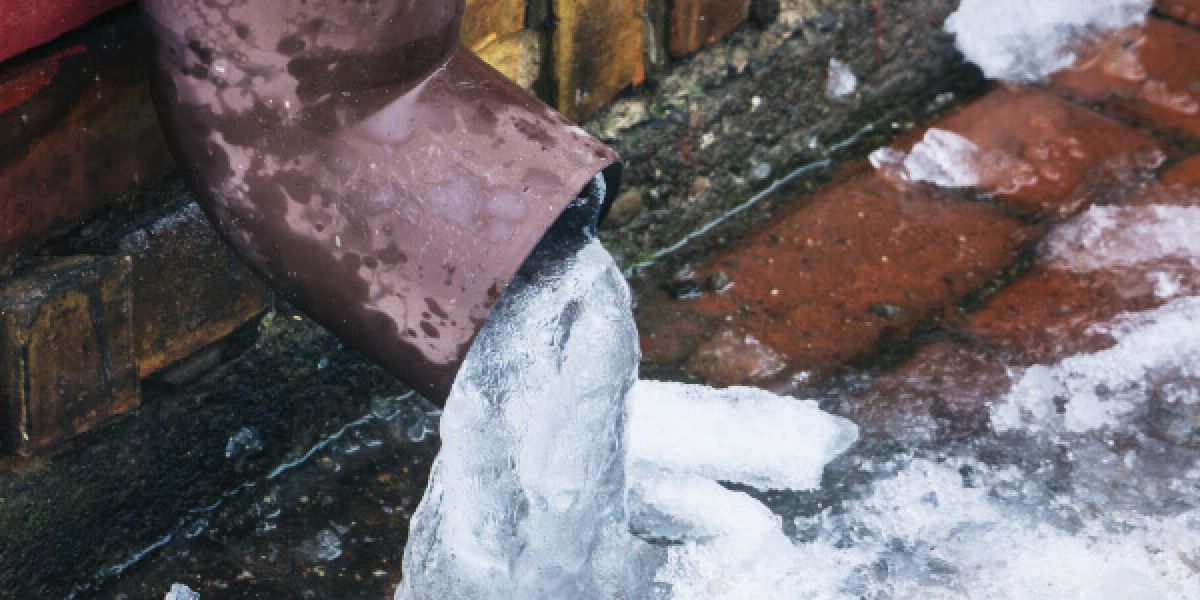They are making a few great pointers about How to Prevent Your Pipes From Freezing as a whole in the content below.
:strip_icc()/snow-outdoor-faucet-pipes-4af65d1e5e904fb1aa7bf74071fe5d89.jpg)
Winter can damage your pipes, specifically by freezing pipelines. Here's how to prevent it from happening and what to do if it does.
Introduction
As temperature levels decline, the danger of frozen pipes increases, possibly leading to expensive repair work and water damage. Understanding how to avoid frozen pipelines is important for home owners in chilly environments.
Understanding Frozen Pipelines
What creates pipelines to ice up?
Pipelines ice up when subjected to temperatures listed below 32 ° F (0 ° C) for expanded periods. As water inside the pipes ices up, it broadens, putting pressure on the pipe walls and potentially triggering them to burst.
Risks and damages
Icy pipes can lead to water system disturbances, residential property damages, and expensive repair services. Burst pipelines can flooding homes and cause comprehensive structural damage.
Indications of Frozen Piping
Determining icy pipes early can prevent them from rupturing.
How to identify frozen pipelines
Look for lowered water flow from taps, unusual odors or sounds from pipelines, and visible frost on revealed pipelines.
Prevention Tips
Protecting at risk pipes
Wrap pipes in insulation sleeves or utilize warmth tape to shield them from freezing temperatures. Concentrate on pipes in unheated or exterior areas of the home.
Heating techniques
Keep interior areas adequately heated, specifically locations with plumbing. Open up cabinet doors to permit cozy air to circulate around pipelines under sinks.
Securing Outside Pipes
Yard hoses and exterior faucets
Detach and drain pipes garden hose pipes prior to winter season. Mount frost-proof faucets or cover exterior taps with protected caps.
What to Do If Your Pipes Freeze
Immediate actions to take
If you believe icy pipes, keep taps available to ease pressure as the ice melts. Utilize a hairdryer or towels taken in hot water to thaw pipelines gradually.
Long-Term Solutions
Architectural modifications
Consider rerouting pipes far from exterior walls or unheated locations. Add added insulation to attic rooms, basements, and crawl spaces.
Upgrading insulation
Buy high-grade insulation for pipes, attics, and walls. Appropriate insulation helps preserve consistent temperature levels and reduces the danger of frozen pipelines.
Verdict
Preventing icy pipelines calls for proactive procedures and fast actions. By recognizing the reasons, indicators, and safety nets, house owners can secure their plumbing during winter.
5 Ways to Prevent Frozen Pipes
Drain Outdoor Faucets and Disconnect Hoses
First, close the shut-off valve that controls the flow of water in the pipe to your outdoor faucet. Then, head outside to disconnect and drain your hose and open the outdoor faucet to allow the water to completely drain out of the line. Turn off the faucet when done. Finally, head back to the shut-off valve and drain the remaining water inside the pipe into a bucket or container. Additionally, if you have a home irrigation system, you should consider hiring an expert to clear the system of water each year.
Insulate Pipes
One of the best and most cost-effective methods for preventing frozen water pipes is to wrap your pipes with insulation. This is especially important for areas in your home that aren’t exposed to heat, such as an attic. We suggest using foam sleeves, which can typically be found at your local hardware store.
Keep Heat Running at 65
Your pipes are located inside your walls, and the temperature there is much colder than the rest of the house. To prevent your pipes from freezing, The Insurance Information Institute suggests that you keep your home heated to at least 65 degrees, even when traveling. You may want to invest in smart devices that can keep an eye on the temperature in your home while you’re away.
Leave Water Dripping
Moving water — even a small trickle — can prevent ice from forming inside your pipes. When freezing temps are imminent, start a drip of water from all faucets that serve exposed pipes. Leaving a few faucets running will also help relieve pressure inside the pipes and help prevent a rupture if the water inside freezes.
Open Cupboard Doors
Warm your kitchen and bathroom pipes by opening cupboards and vanities. You should also leave your interior doors ajar to help warm air circulate evenly throughout your home.

As a serious person who reads on How To Avoid Freezing Pipes, I assumed sharing that excerpt was a smart idea. For those who enjoyed our blog posting plz do not forget to pass it around. We truly appreciate reading our article about How To Avoid Freezing Pipes.
Set Up An Appointment